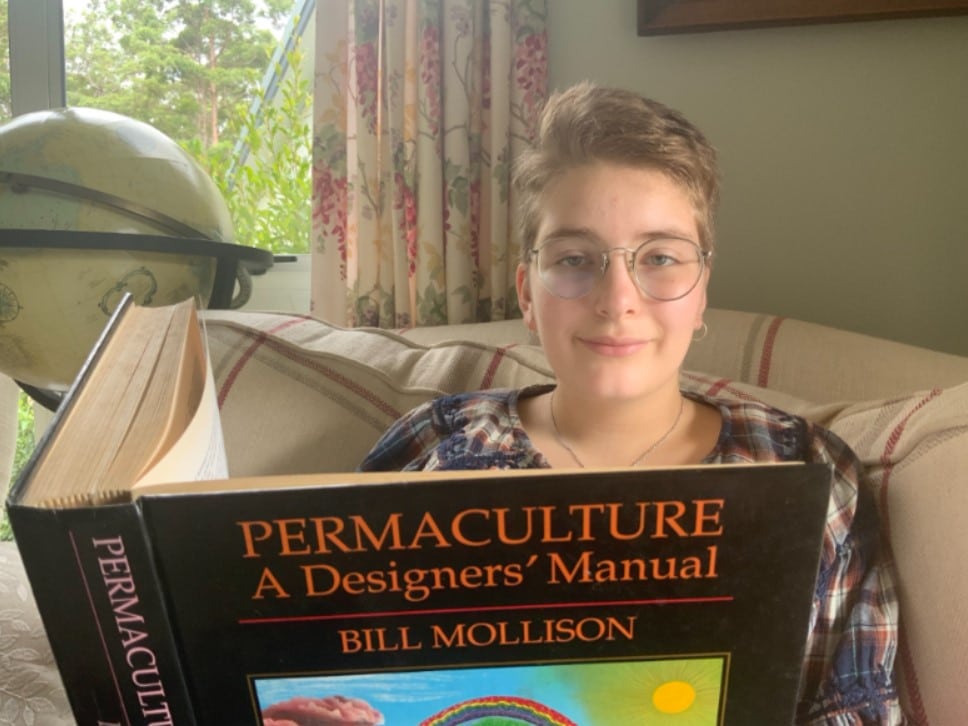
We abuse land because we regard it as a commodity belonging to us.
When we see land as a community to which we belong, we may begin to use it with love and respect … (to see) that land is a community is the basic concept of ecology; but that land is to be loved and respected is an extension of ethics. (Leopold, Aldo 1968 – A Sand Country Almanac Oxford: Oxford University Press).
I am here today to take you on a journey of my discovery, my epiphany so to speak, of how I learnt that everything is connected!
We are all interdependent with all other forms of life on the planet.
My Mum has always tried to buy or grow organic food and live an ethically sustainable lifestyle ever since I could remember. She knew about Permaculture a long time before I did.
When I was younger my Mum and I would go out every afternoon to pick vegetables for dinner. Except we never got any snow peas because I would eat them all before we got inside! Growing up in that ethically sustainable environment was an absolute gift.
I always thought that growing organic food and living an ethically sustainable lifestyle was normal and it was what everybody else did, but I soon found out I was wrong. As I started to get older, I realised not everyone else grew food like us, had solar panels and lots of chickens. So, I researched the word Permaculture and what I found changed my life.
Suddenly any sense of being separate from mother nature evaporated when I had the opportunity to do my Permaculture Design Course, through the Permaculture Education Institute. This is where I not only considered my place in the spiral of nature but I learnt my connection to all living things.
For example, when I stepped outside to take a breath, I was accepting the gift of oxygen from the trees and plants around me. As I exhaled, I provided carbon dioxide to the nearby trees in return. I realised that I don’t have clear edges, only permeable membranes and symbiotic relationships with other forms of life.
During the journey of learning through doing my PDC course, I would find myself standing in my garden reflecting, transported by my thinking – “When does anything become part of what I refer to as ‘me’ and when does it cease to be so?”
I found that the learning style of the PDC course through the Permaculture Education Institute resonated with me and was scaffolded in a way that made me question and explore. The course was easy to learn and understand with layering details and connections.
I found that the teaching of the course was somewhat like planting a garden, where first the preparation of the soil, adding compost, compost tea and mulch and then creating a healthy ecosystem for healthy soil to multiply and regenerate, just like my learning.
In the same way that we can accelerate the pattern of succession in our gardens, the Permaculture Education Institute PDC Course gave me a natural and comfortable progression from something simple to something incredibly complex. And like a garden, they supported me to continue growing and learning, layering and scaffolding with complexity and detail over time.
I have now finished my Permaculture Design Certificate and I live a life aligned with Bill Mollison’s goals, ethics and principles that run through and branch out through everything I do. I continue to work with my family creating integrated systems that build ecological health for all living things and teaching Permaculture to as many people as I can reach.
– By Eve Ballard
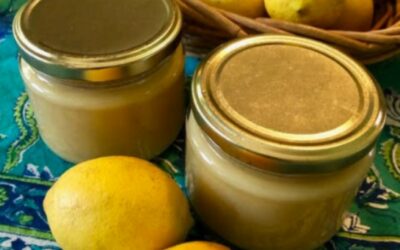
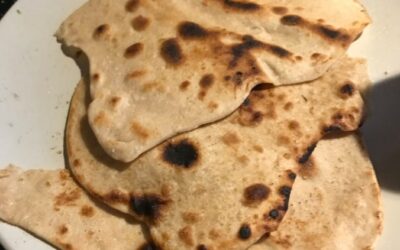
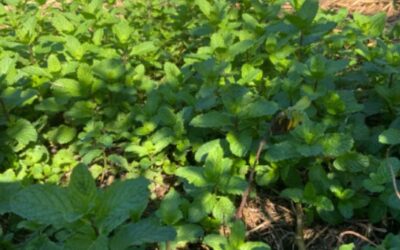
0 Comments